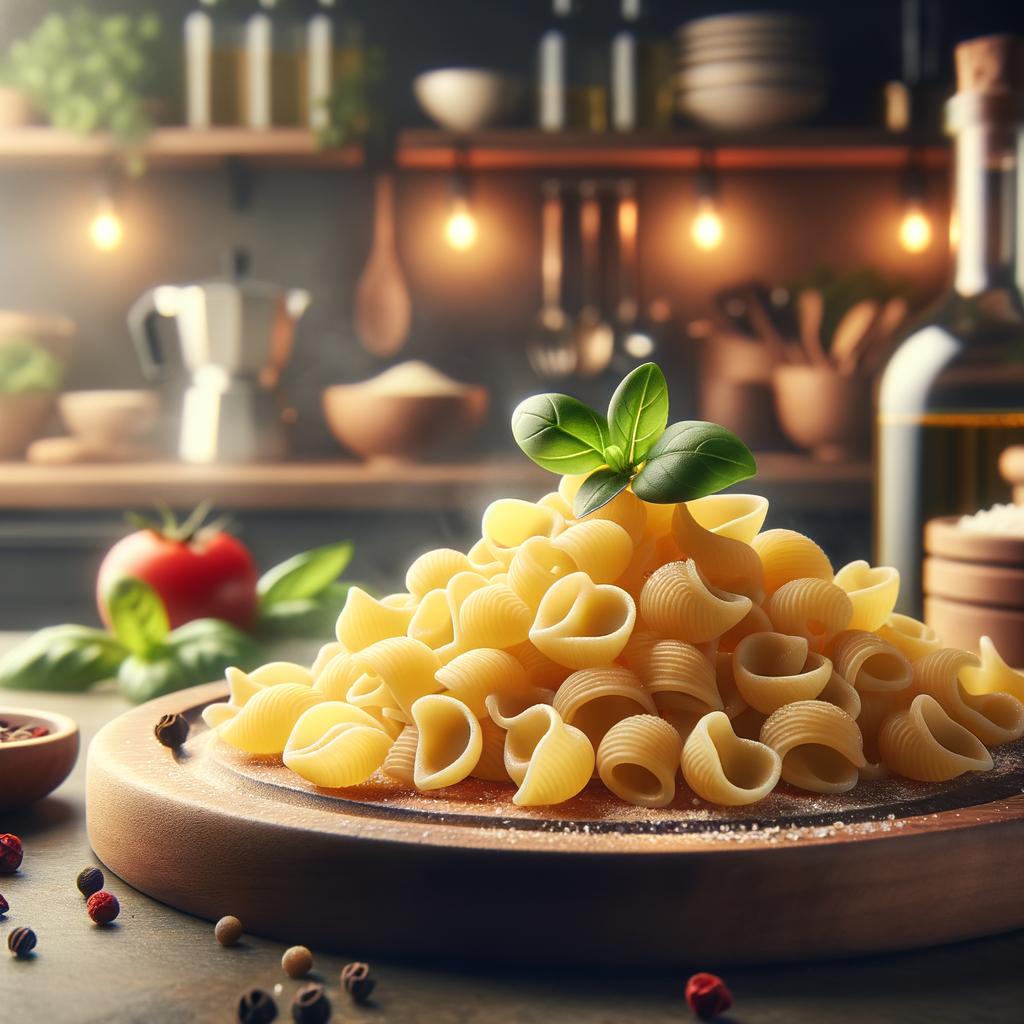Orecchiette Pasta

Description
Orecchiette, a charming and delightful pasta variety, is a staple in the world of Italian cuisine. Its name, derived from the Italian word 'orecchio' meaning 'ear', and 'etto', meaning 'small', aptly describes its appearance as it bears a striking resemblance to a small ear. The pasta has a unique, concave shape, with a rough exterior and a smooth, hollow interior. This shape not only makes orecchiette visually appealing but also serves a functional purpose, as it is perfect for scooping up hearty sauces and ingredients. Its texture is distinctively firm and chewy, providing a satisfying bite. The flavor profile is subtle, allowing it to harmonize beautifully with a variety of ingredients without overpowering them.
Primary Uses
Orecchiette pasta is a versatile ingredient that shines in a myriad of dishes. It is commonly used in Southern Italy, particularly in the Puglia region, where it is often hand-made. Orecchiette is typically served with robust, hearty sauces, as its shape perfectly captures chunky sauces and ingredients. It pairs exceptionally well with vegetables, meats, and cheeses. A classic recipe is "Orecchiette con Broccoli Rabe e Salsiccia", where the pasta is tossed with broccoli rabe and sausage. Beyond culinary applications, orecchiette also holds cultural significance in Italian traditions, often associated with family gatherings and festive occasions.
History
The history of orecchiette is as fascinating as its shape. It is believed to have originated in the 13th century in the Puglia region of Southern Italy. The pasta was traditionally made by women who would sit outside their homes, shaping the pasta by hand while chatting with neighbors, a practice that fostered community and camaraderie. Over time, orecchiette became a symbol of Puglian cuisine and culture. Its popularity has spread worldwide, and it is now enjoyed in a variety of dishes beyond its traditional pairings.
Nutritional Information
Orecchiette, like most pasta, is primarily a source of carbohydrates, providing energy for the body. It is low in fat and a good source of fiber, especially when made from whole wheat. It also contains some protein. While it does not have a high concentration of vitamins and minerals, it often is served with nutrient-rich sauces and accompaniments that enhance its nutritional value. Compared to other pastas, orecchiette's unique shape may lead to slower consumption, aiding in portion control and satiety. As with all foods, moderation and balance are key when incorporating orecchiette into a healthy diet.

